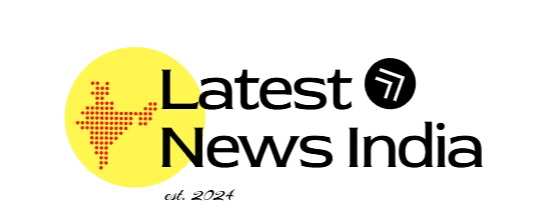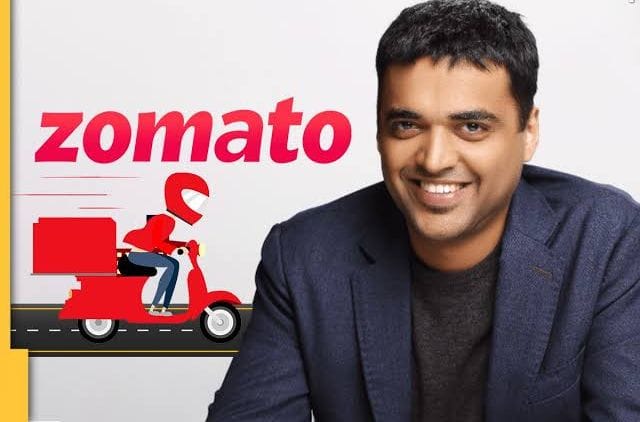New Delhi, India – Zomato, India’s leading food delivery and quick commerce platform, reported its Q3 FY2025 earnings, reflecting a slowdown in profitability amid intensifying competition in the quick commerce segment. While the company continued its growth trajectory, increasing operational costs and aggressive market expansion impacted its bottom line.
Revenue Growth Amid Profitability Challenges
Zomato’s consolidated revenue grew by X% year-over-year (YoY), driven by strong demand in both its core food delivery business and quick commerce segment, Blinkit. However, despite revenue growth, the company’s net profit declined by X% compared to the previous quarter, highlighting the challenges of scaling quick commerce while maintaining profitability.
Quick Commerce: A Double-Edged Sword?
Blinkit, Zomato’s 10-minute delivery service, has been a key growth driver, but its expansion has come at a cost. The company faces stiff competition from rivals like Swiggy Instamart, Zepto, and Dunzo, all of which are aggressively investing in discounts, delivery infrastructure, and customer acquisition. This has resulted in higher marketing expenses and operational losses for Zomato’s quick commerce segment.
“We are focused on long-term growth and improving unit economics, but the competitive landscape requires us to invest heavily in customer experience and delivery efficiency,” said Zomato CEO Deepinder Goyal in the earnings call.
Rising Costs and Market Dynamics
Key cost drivers impacting Zomato’s Q3 performance:
- Increased delivery partner incentives to retain workforce in the quick commerce segment.
- Higher infrastructure investments in dark stores and warehouse expansion.
- Promotional discounts and marketing spends to sustain customer engagement.
While these expenditures have boosted order volumes, they have also pressured margins, leading to a dip in overall profitability.
Stock Market Reaction & Investor Sentiment
Following the earnings announcement, Zomato’s stock experienced a decline of X%, as investors reacted to the company’s shrinking profit margins. Analysts remain divided on Zomato’s strategy—some see the quick commerce bet as a necessary long-term investment, while others worry about its impact on short-term financial health.
Looking Ahead: Can Zomato Turn the Tide?
Despite short-term setbacks, Zomato remains bullish on quick commerce, banking on operational efficiencies and market consolidation to improve profitability. The company is also exploring new revenue streams, such as ad-based monetization and subscription models, to offset rising costs.
With India’s quick commerce sector projected to grow exponentially in the coming years, Zomato’s ability to balance growth with profitability will be key to sustaining investor confidence and long-term success.
Conclusion
Zomato’s Q3 results underscore the intense battle for dominance in India’s quick commerce space. While the company continues to expand, it must navigate the challenges of rising costs, competitive pricing wars, and evolving consumer expectations. The next few quarters will be crucial in determining whether Zomato’s aggressive quick commerce push pays off—or further erodes its bottom line.








